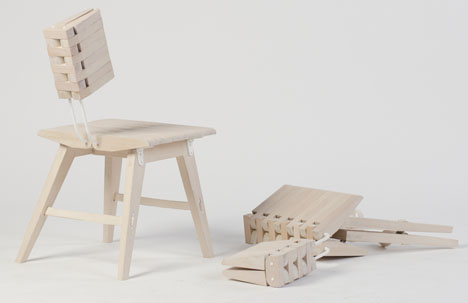
Any weary traveller knows that the best way to experience a city is through the eyes of a local. That's where Valet.com steps in. The newest offering from trendspotter Josh Spear, Valet.com is a highly curated member-based program that connects design-driven hotels with the jet-setting creative set.
By booking accommodation through the site, members can save up to 40% on published pricing. But what sets Valet apart are the map-based city guides culled from recommendations by local "tastemakers and influencers." Want to shop where Jeff Staple hunts for goods? Hope to run into Jean Aw at her favorite brunch spot? Up for some urban greenery at Craig Kanarick's favorite outdoor space? Experience a city like a local with restaurant, shopping and nightlife suggestions from people you can trust.

As New Yorkers, we were delighted to see some of our favorite design destinations included and have added a couple of previously unexplored dinner options to our "To-Do" list. Tokyo is in full swing with more curators being added and Shanghai and London are filling up right around the corner. With holiday travel plans buzzing, perusing the site should give you the right amount of wanderlust! And with 100% of Valet's commissions going back to their members as savings, you pack your bags guilt-free and maybe even hit up duty free.
Core77 readers can signup today and receive a special introductory lifetime rate of $199/annually. Skip the waiting line (like the platinum frequent flier that you are) and start booking today! Enter CORE77 promotional code when you register!
(more...)

 The lovely welcoming committee!
The lovely welcoming committee!














 Battery Park Garden of Remembrance. Image courtesy of Battery Conservancy
Battery Park Garden of Remembrance. Image courtesy of Battery Conservancy

















